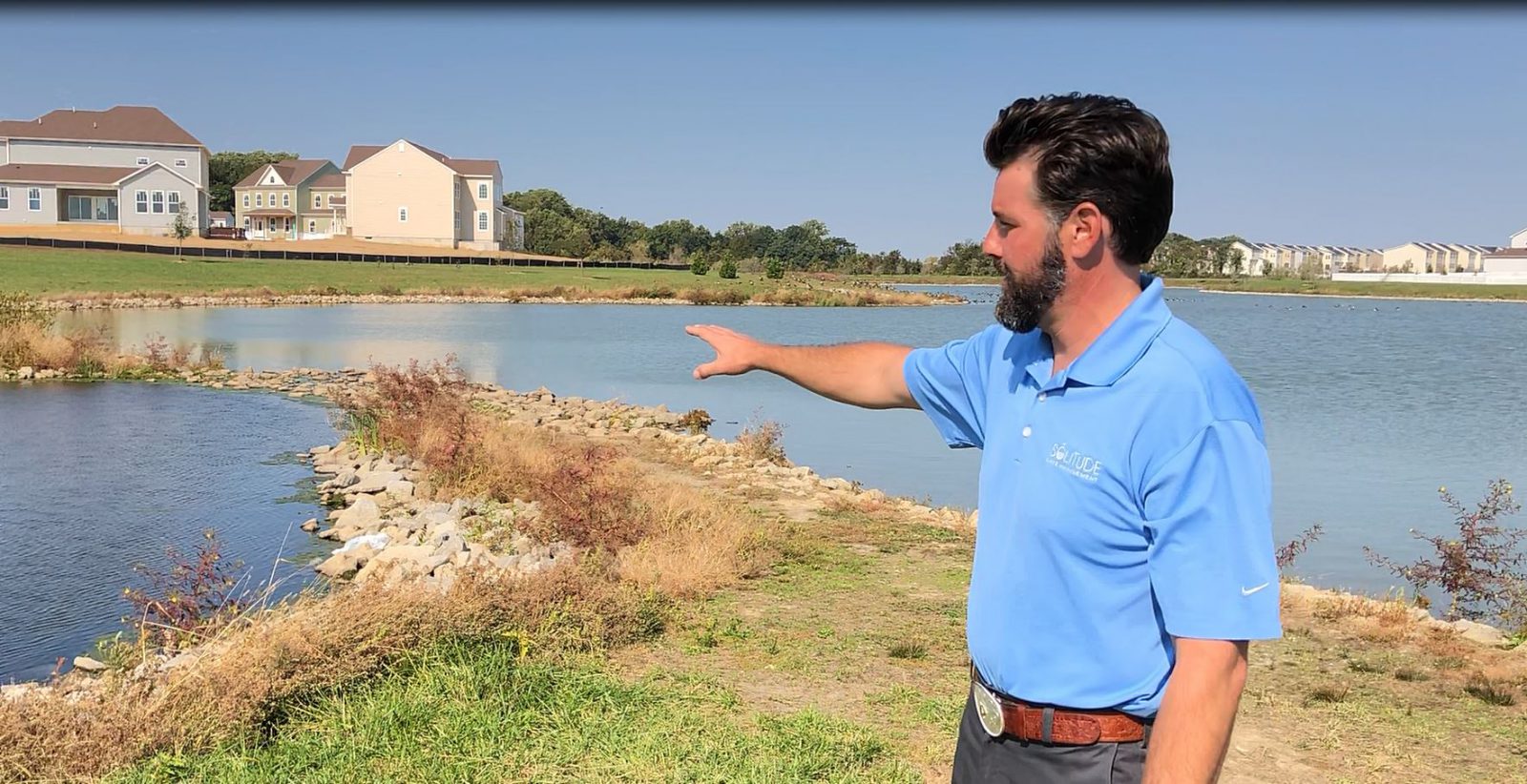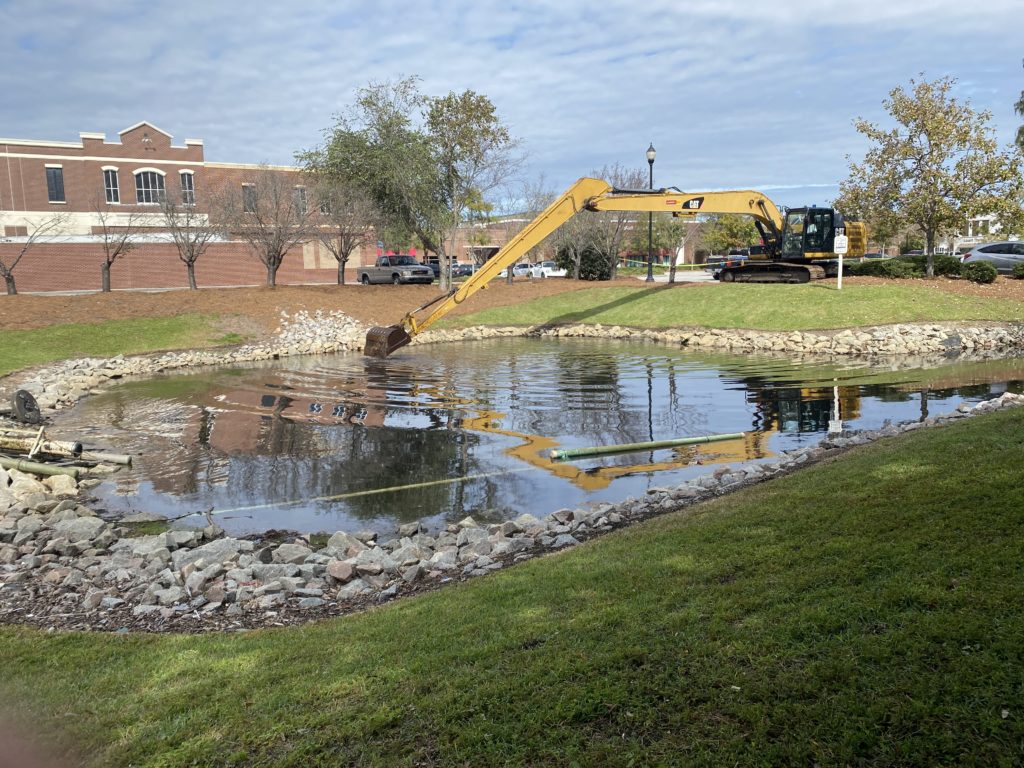
Stormwater BMP Inspections and Maintenance
Stormwater management facilities are man-made structures that help reduce flooding, slow down water flow, and clean pollutants from water. Homeowners associations, commercial developments, and any site with a constructed stormwater management pond or BMP are usually responsible for the care and management of these facilities, including a regular stormwater inspection.
It is important to ensure that your stormwater management facilities are functioning properly, especially when it rains. Most residents of homeowner associations probably don’t know the structural components of bioswales, whether or not they are working properly or how much sediment in the retention basin is too much. Most communities need a stormwater facility maintenance professional who can inspect all aspects of the system and make recommendations for proper maintenance and repairs when required.
Effective stormwater facility management starts with the implementation of an annual inspection program. An annual inspection of your stormwater facility is not only a good idea, but in many cases, it is a local or state requirement. In the past few years, new legislation has strengthened the National Pollutant Discharge Elimination System, making compliance even more critical for property owners and managers.
Complying with the regulations and proactively managing your stormwater facility not only prevents sediment and pollutants from entering the waters of the state and U.S. as a result of stormwater runoff but also saves you money over time.
Sometimes remediating stormwater facilities that have been neglected and poorly managed can cost tens of thousands of dollars … much more than would have been the case if proper preventive maintenance had been performed annually.
Before conducting annual stormwater inspections, it’s a good idea to run down the following stormwater inspections checklist:
- What type of facility do you have?
- How does your stormwater system function?
- Where does water enter the facility and where does it exit or discharge into an adjacent stream, wetland or other stormwater facility/system?
- Does your facility retain, detain or infiltrate stormwater?
- What structural components make up your facility, what is their age and of what material are they made? A copy of the facility’s construction plan is very helpful. If you don’t have a copy of your facility’s construction plan, your local municipality should be able to help.
Having a management plan that includes annual stormwater inspections will provide owners and managers with the valuable information they need to put together long-term maintenance budgets for the facility. For example, knowing that you have older steel piping that corrodes and breaks down faster versus newer poly pipes is invaluable when trying to predict when those components will need repair or replacement.
Stormwater Facility Management Services
Listen to Industry Expert Bo Burns discuss stormwater facility regulations:
Your facility is an engineered structure, designed to accumulate sediment runoff. Identifying and correcting erosion issues on site will slow down the sedimentation rate, thus extending the useful life of your facility.
Dredging of your pond will eventually be required, and knowing “when” is the key to budgeting. Excessive sedimentation will also greatly reduce a pond’s carrying capacity, which could quite possibly cause a catastrophic failure during the next 100-year storm. Conducting stormwater inspections annually will identify concerns before they get too costly to correct.











